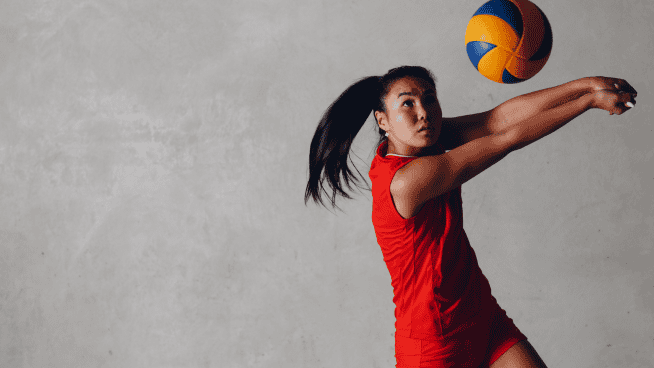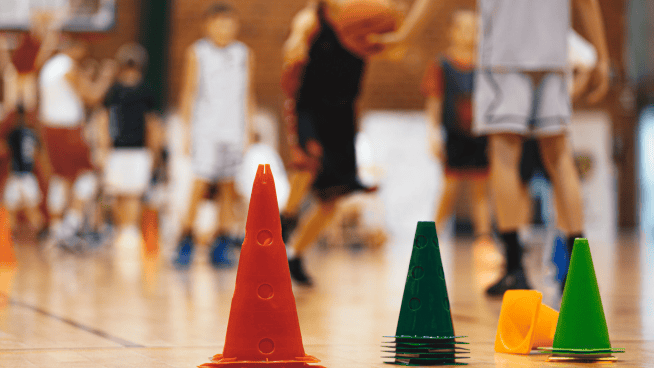5 Basic Movements Every Youth Athlete Needs to Learn Before Lifting Heavy Weight
If you’re a trainer, a coach or an avid exerciser, you’ve probably seen a high school athlete in the weight room with a Deadlift uglier than Darth Vader without the mask. The poor kid may deserve some blame, but the onus isn’t entirely on him. His predicament raises the issue of proper long-term athlete development—a protocol for molding athletes that begins even before they reach puberty.
Years before that kid stepped onto the lifting platform, he should have been taught the basics of the “hip hinge.” Then, when he had developed physically to the point where he could lift heavy weights, he wouldn’t simultaneously have to learn proper technique. He would already have a foundation of good movement. Thereafter, it would just be a matter of adding strength.
This idea is a cornerstone of long-term athlete development. Kevin Neeld, Director of Performance at Endeavor Sports Performance in Pitman, New Jersey applies it every day when he trains young athletes at his facility. He says, “Players need to be taught how to position themselves properly before adding load or volume. Then, as the years go by, more sets, reps, and intensity can be added.”
Take the Deadlift, for example. When a young athlete reaches age 12, we start teaching him the Kettlebell Deadlift, elevating the kettlebell on a stack of weight plates at first, if necessary. We cue him to push his hips back and maintain a flat back and neutral neck as he lowers to pick up the weight.
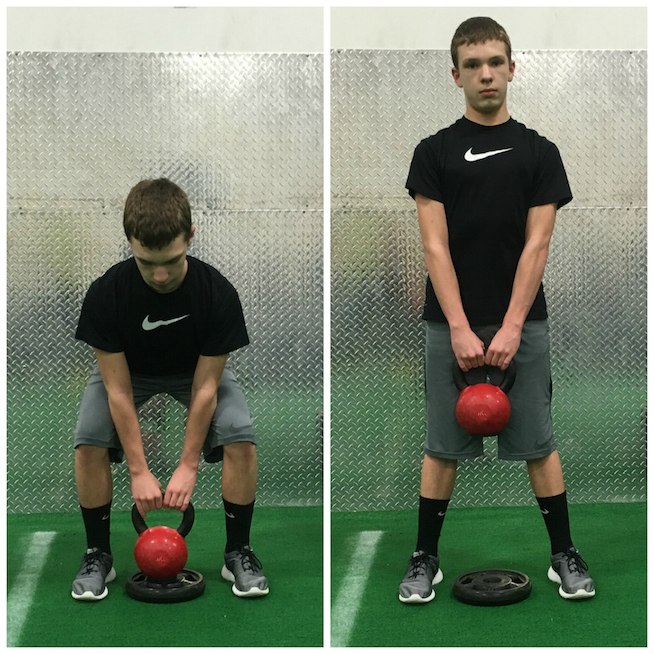
A year or so later—after he has consistently demonstrated movement competency with the kettlebell—we progress to a Hex Bar Deadlift. By the time he reaches high school, he is well prepared for the conventional Barbell Deadlift.
Similar progressions can be implemented for any compound exercise. Below, I describe the ones used at Endeavor for five common movements. Note: The progressions often begin with isometrics (static holds) or eccentrics (lowering phase only).
Movement 1: Squatting
- Starting point: Goblet Squat to a box
- Technique tips: Chest up, elbows in tight, knees out, drive through heels
- Next progression: Goblet Squat (no box)
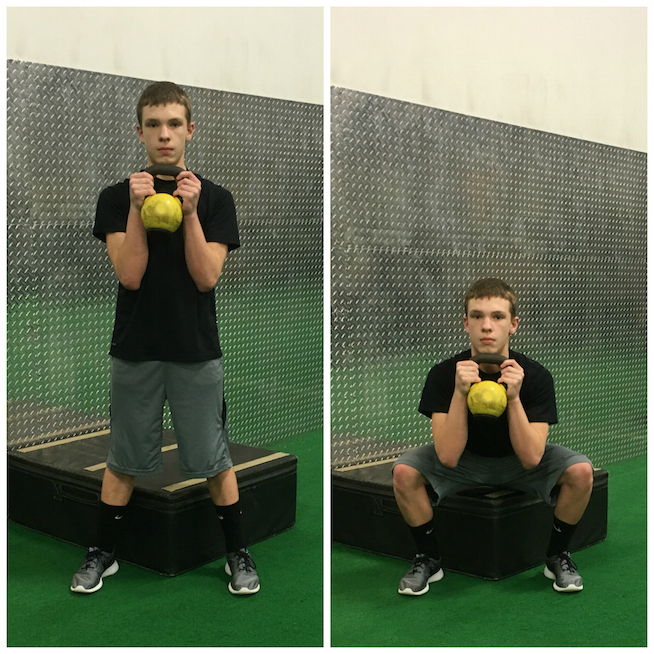
Movement 2: Horizontal Pushing
- Starting point: 5-second eccentric Push-Up
- Technique tips: Stiff belly, move body as one rigid unit
- Next progression: Incline Push-Ups
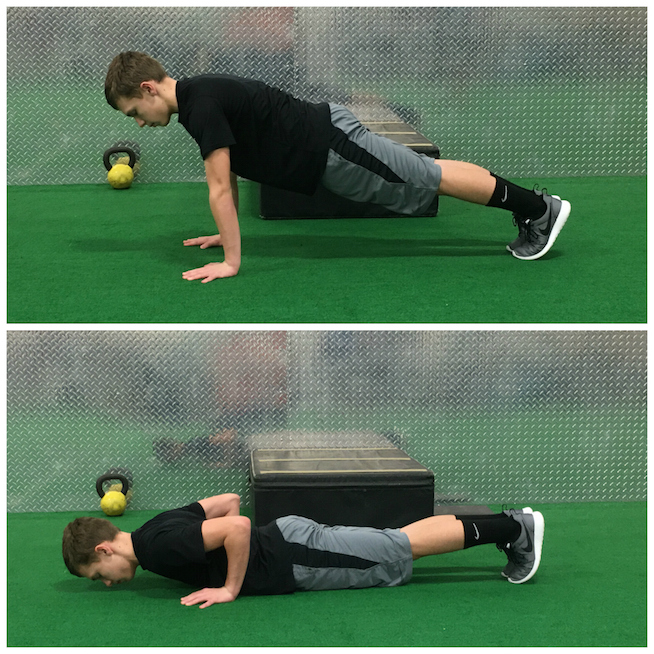
Movement 3: Vertical Pulling
- Starting point: Isometric hollow body hang
- Technique tips: Toes up toward shins, shoulder blades down and back
- Next progression: Bent-arm hang and eccentric Pull-Ups
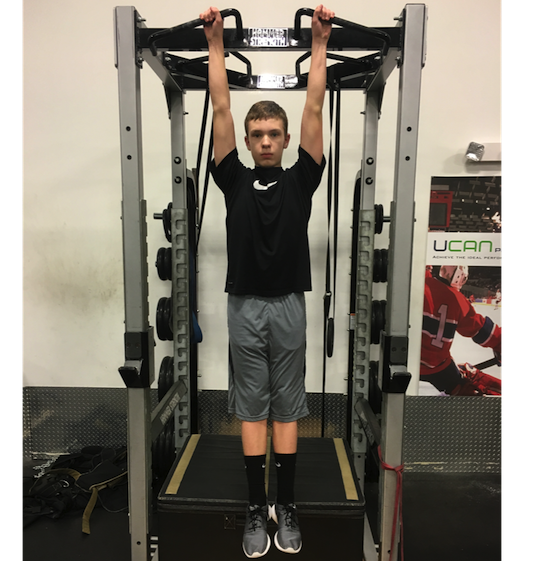
Movement 4: Vertical Pushing
- Starting point: Overhead Carry
- Technique tips: exhale the ribs down, hide ear with shoulder, lock out elbow, walk without lateral deviation
- Next progression: Half-Kneeling Landmine Press
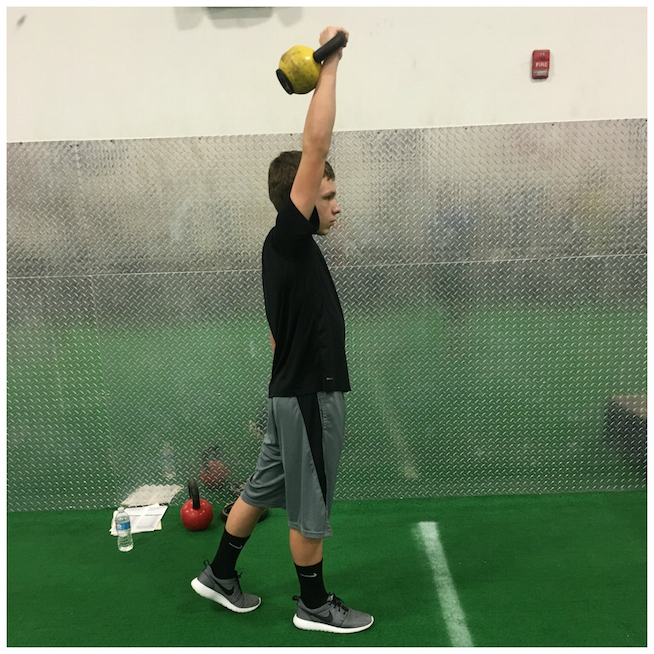
Movement 5: Lunging
- Starting point: Bodyweight Split-Squat
- Technique tips: Drop straight down (“like an elevator”), drive through heel of front foot
- Next progression: Bodyweight Reverse Lunge
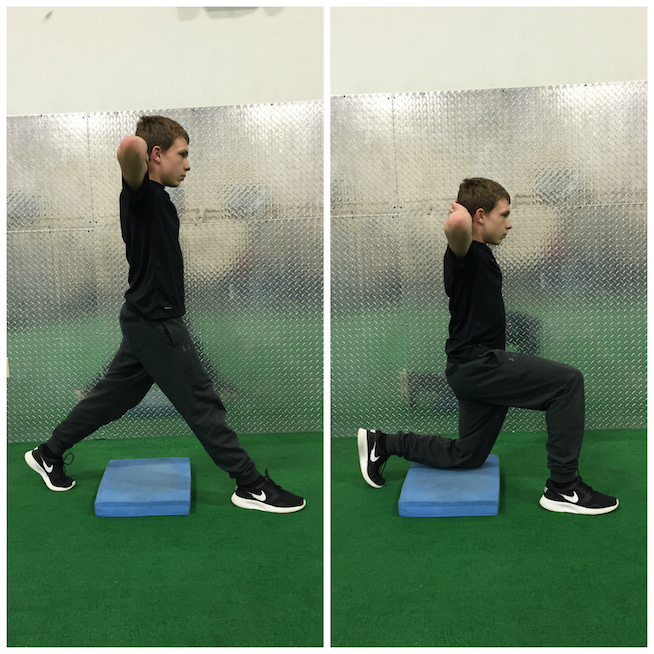
RECOMMENDED FOR YOU
MOST POPULAR
5 Basic Movements Every Youth Athlete Needs to Learn Before Lifting Heavy Weight
If you’re a trainer, a coach or an avid exerciser, you’ve probably seen a high school athlete in the weight room with a Deadlift uglier than Darth Vader without the mask. The poor kid may deserve some blame, but the onus isn’t entirely on him. His predicament raises the issue of proper long-term athlete development—a protocol for molding athletes that begins even before they reach puberty.
Years before that kid stepped onto the lifting platform, he should have been taught the basics of the “hip hinge.” Then, when he had developed physically to the point where he could lift heavy weights, he wouldn’t simultaneously have to learn proper technique. He would already have a foundation of good movement. Thereafter, it would just be a matter of adding strength.
This idea is a cornerstone of long-term athlete development. Kevin Neeld, Director of Performance at Endeavor Sports Performance in Pitman, New Jersey applies it every day when he trains young athletes at his facility. He says, “Players need to be taught how to position themselves properly before adding load or volume. Then, as the years go by, more sets, reps, and intensity can be added.”
Take the Deadlift, for example. When a young athlete reaches age 12, we start teaching him the Kettlebell Deadlift, elevating the kettlebell on a stack of weight plates at first, if necessary. We cue him to push his hips back and maintain a flat back and neutral neck as he lowers to pick up the weight.

A year or so later—after he has consistently demonstrated movement competency with the kettlebell—we progress to a Hex Bar Deadlift. By the time he reaches high school, he is well prepared for the conventional Barbell Deadlift.
Similar progressions can be implemented for any compound exercise. Below, I describe the ones used at Endeavor for five common movements. Note: The progressions often begin with isometrics (static holds) or eccentrics (lowering phase only).
Movement 1: Squatting
- Starting point: Goblet Squat to a box
- Technique tips: Chest up, elbows in tight, knees out, drive through heels
- Next progression: Goblet Squat (no box)

Movement 2: Horizontal Pushing
- Starting point: 5-second eccentric Push-Up
- Technique tips: Stiff belly, move body as one rigid unit
- Next progression: Incline Push-Ups

Movement 3: Vertical Pulling
- Starting point: Isometric hollow body hang
- Technique tips: Toes up toward shins, shoulder blades down and back
- Next progression: Bent-arm hang and eccentric Pull-Ups

Movement 4: Vertical Pushing
- Starting point: Overhead Carry
- Technique tips: exhale the ribs down, hide ear with shoulder, lock out elbow, walk without lateral deviation
- Next progression: Half-Kneeling Landmine Press

Movement 5: Lunging
- Starting point: Bodyweight Split-Squat
- Technique tips: Drop straight down (“like an elevator”), drive through heel of front foot
- Next progression: Bodyweight Reverse Lunge








